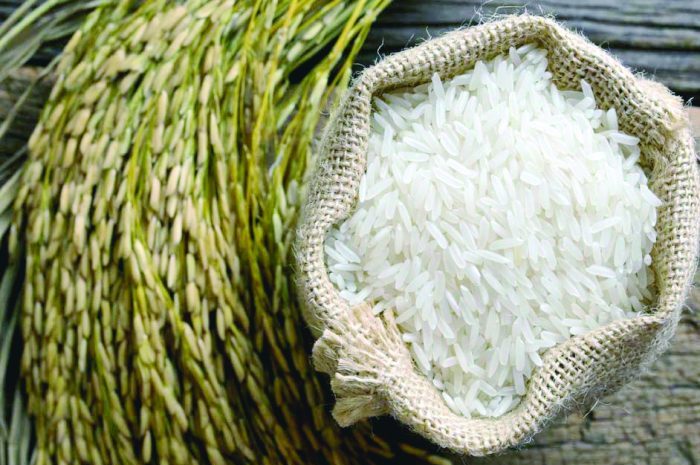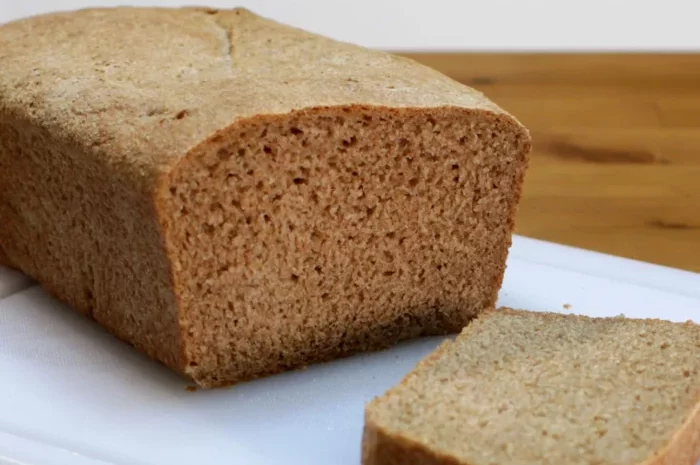Brown rice, a whole grain alternative to white rice, has gained popularity among individuals with diabetes due to its potential health benefits. This article aims to explore the nutritional composition of brown rice, its impact on blood sugar levels, and its potential role in diabetes management.
Nutritional Profile of Brown Rice
Brown rice is rich in essential nutrients, including fiber, vitamins, minerals, and complex carbohydrates. Its high fiber content contributes to digestive health, promotes satiety, and helps regulate blood sugar levels. Additionally, brown rice contains beneficial antioxidants and phytonutrients that support overall health.
Glycemic Index (GI) of Brown Rice
The glycemic index (GI) measures the rate at which carbohydrates in foods raise blood sugar levels. Brown rice has a lower GI compared to white rice, meaning it causes a slower and more gradual increase in blood glucose levels. This makes it a favorable option for individuals with diabetes, as it helps prevent sudden spikes in blood sugar.
Impact of Brown Rice on Blood Sugar Levels
Consuming brown rice can have a positive impact on blood sugar levels in individuals with diabetes. The high fiber content of brown rice slows down the absorption of glucose in the bloodstream, leading to more stable blood sugar levels compared to white rice. This can help improve glycemic control and reduce the risk of complications associated with diabetes.
Potential Benefits of Brown Rice
Brown rice offers several potential health benefits for individuals with diabetes. These include improved glycemic control, heart health, and weight management. Studies have shown that incorporating brown rice into the diet can help lower HbA1c levels, reduce cholesterol levels, and promote weight loss, which are important factors in diabetes management.
Considerations for Brown Rice Consumption
While brown rice can be beneficial for individuals with diabetes, it’s essential to consider portion control and carbohydrate counting. Moderation is key, as even healthy carbohydrates can impact blood sugar levels. It’s also important to include a variety of foods in the diet and monitor blood sugar levels regularly to ensure optimal glycemic control.
Comparison with White Rice and Other Grains
Compared to white rice, brown rice contains more fiber, vitamins, and minerals, making it a healthier option for individuals with diabetes. Other whole grains, such as quinoa, barley, and bulgur, also offer similar nutritional benefits and can be suitable alternatives to brown rice in a diabetes-friendly diet.
Consultation with Healthcare Providers
Before making significant dietary changes, individuals with diabetes should consult with healthcare providers, such as registered dietitians or diabetes educators. These professionals can provide personalized advice tailored to individual health needs and goals, ensuring that dietary changes are safe and effective.
Conclusion
Incorporating brown rice into a diabetes-friendly diet can offer several health benefits, including improved glycemic control and overall well-being. However, it’s essential to consider portion control, carbohydrate counting, and consultation with healthcare providers to ensure optimal diabetes management. By making informed dietary choices and seeking professional guidance, individuals with diabetes can enjoy the benefits of brown rice while maintaining stable blood sugar levels and reducing the risk of complications.
Related Topics:
Do Not Eat These Food, If You Have High Blood Sugar

























